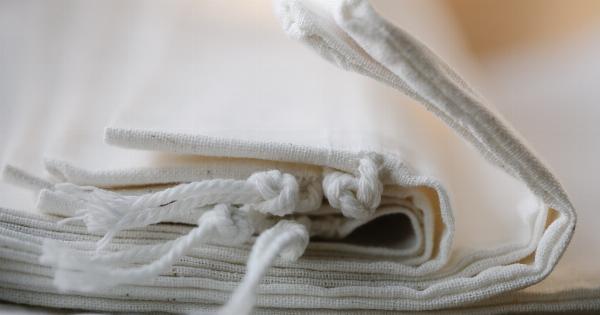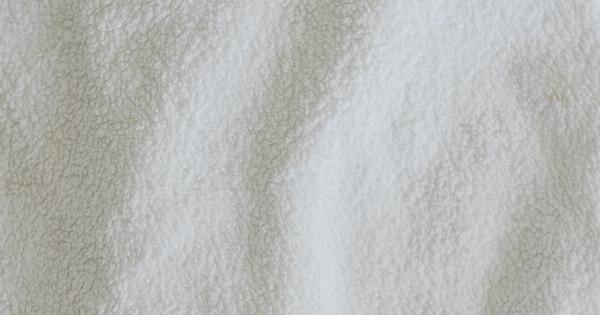Humidity can be a real problem in many homes, leading to discomfort, mold growth, and damage to your furnishings.
Excessive moisture in the air can make it difficult to breathe, ruin wooden furniture, and create an ideal environment for mold and mildew to thrive. If you’re tired of dealing with the negative effects of high humidity, we’ve put together a list of tips to help you combat it and eliminate moisture in your home.
1. Use Dehumidifiers
One of the most effective ways to reduce humidity levels in your home is by using dehumidifiers. These appliances are designed to extract moisture from the air, helping to create a more comfortable and healthier indoor environment.
Portable dehumidifiers are available in various sizes and capacities, allowing you to choose the most suitable one for your space. Place them in areas prone to high humidity, such as bathrooms, kitchens, and basements.
2. Improve Ventilation
Inadequate ventilation can contribute to high humidity levels in your home. Ensure that your home is well-ventilated by opening windows and using exhaust fans in moisture-rich areas, like bathrooms and kitchens.
Installing ceiling fans can also help improve air circulation, which aids in reducing humidity.
3. Repair Leaks and Seal Cracks
Leaking pipes, roofs, or windows can introduce excess moisture into your home. Inspect your property for any leaks, and repair them promptly to prevent further water damage and reduce humidity levels.
Additionally, make sure to seal any cracks or gaps around windows and doors to prevent moisture from seeping in from the outside.
4. Use Air Conditioners
Air conditioners not only cool the air but also help to remove moisture. When warm air passes through the A/C unit’s evaporator coil, it condenses the water vapor, reducing the humidity level in your home.
Make sure your air conditioner is properly sized for your space to ensure optimum efficiency.
5. Avoid Drying Clothes Indoors
Hanging wet laundry indoors can significantly increase the humidity in your home. If possible, dry your clothes outside or in a well-ventilated space.
If you must dry them indoors, use a dryer with proper venting to the outside or open windows and use fans to facilitate quicker drying.
6. Store Firewood Outside
If you have a fireplace or wood-burning stove, avoid storing firewood inside your home. Firewood tends to retain moisture, which can evaporate and increase the humidity levels indoors.
Keep it outside, preferably covered and elevated, to prevent it from becoming a source of excess humidity.
7. Use Moisture Absorbers
Moisture absorbers, such as desiccant packets or chemical dehumidifiers, can be used in enclosed spaces, like closets or cabinets, to soak up excess moisture.
These products are readily available in stores and are an inexpensive way to control humidity in smaller areas.
8. Insulate and Ventilate Crawl Spaces
Crawl spaces can be a significant source of excess moisture in your home. Ensure that crawl spaces are well-insulated to prevent moisture from rising into your living space.
Additionally, install vents in the crawl space walls to allow for air circulation, which can help reduce humidity levels.
9. Install a Vapor Barrier
If your home has a concrete foundation or basement, consider installing a vapor barrier. This plastic sheeting is placed on the walls or floors to prevent moisture from seeping inside.
It acts as a barrier, reducing the transfer of moisture into your home and helping to lower humidity levels.
10. Monitor Indoor Plants
Indoor plants can release moisture through a process called transpiration. While plants are beneficial for improving indoor air quality, their contribution to humidity levels should be considered, especially if you have a vast collection.
Monitor the number and size of your plants, and relocate them if you notice an increase in humidity.






























